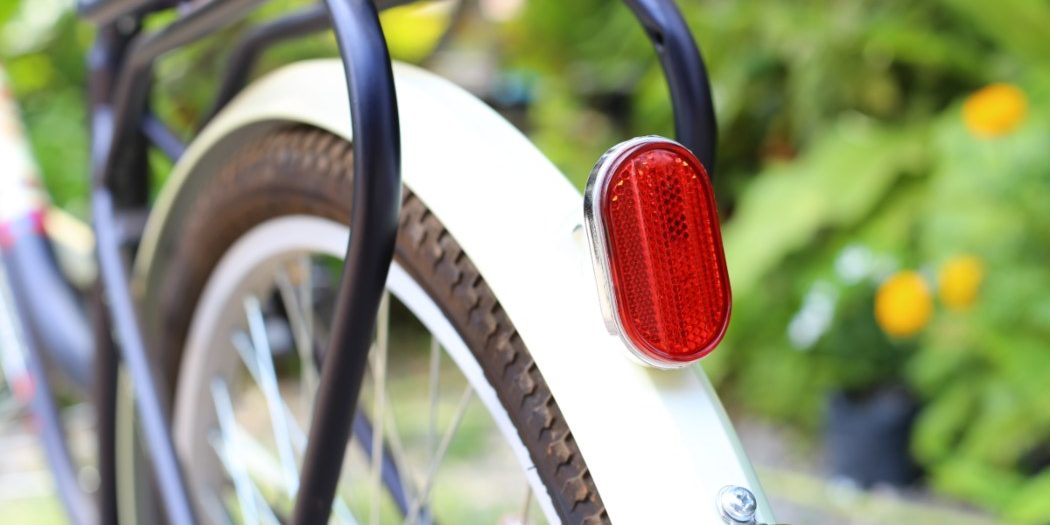If you’re one of those who travels the streets with pedals, then you probably know how important the bike lighting system is.
Lights are not only mandatory to use at night, they also come in hand when crossing bridges, and tunnels with little visibility. Therefore, you can’t ride a bike at night without lights, or at least, you shouldn’t.
The primary reason lights are obligatory is because you should always be visible to other drivers and you should be able to have good visibility while cycling in the dark: these are same rules that apply to any other vehicle in order to avoid accidents.
Due to the many benefits of cycling this way of travelling has become increasingly popular, used not only for leisure but also to commute, run errands and get about anywhere.
And by biking back and forth, it is very common for cyclists to be caught by nighttime. This is why we should take the necessary safety measures and always keep our bikes properly equipped.
When it comes to safety, it is not just the helmet, knee and elbow pads that matter: lighting is crucial.
Mandatory lights for bicycles
Some lights are optional, but you definitely can’t ride a bike at night without certain lights.
There are 2 kinds of lights that our bike should always have: one at the front and one at the back.
Types of bicycle lights
- “Be seen” lights: Also called “rear lights” these are located in the back of the bike and allow cyclists to be seen by other drivers in the dark.
- “See” Lights: Also called “front lights” these are located at the front of the bike. Their purpose is to illuminate the road ahead to improve the biker’s visibility.
The standard in bicycle lighting
As any other vehicle activity, cycling is ruled by laws, and lighting takes a crucial part of the cycling laws in Spain. There are the three basic principles:
- When cycling at night, in tunnels, or when weather conditions reduce visibility, it is mandatory to have correct lighting.
- It is a legal requirement to have a white light at the front of the bike, while the rear part must have a red fixed light, as well as a red non-triangular reflector, which is only a light-reflecting element.
- Cyclists must bear in mind that when riding on intercity roads, they should also wear reflective clothing.
What are the best bike lights to buy?
To choose the right bike lights you should take 3 factors into consideration:
- Light power: get one with enough lumens to ensure better visibility.
- Autonomy: there are battery operated spotlights and batteries.
- Lightness: for reasons of comfort, lightweight lights are recommended.
How many lumens should a bike light have?
When shopping for lights, you might ask yourself how bright should a light bike be. In other words, you should make sure your bike lights are the right amount of lumens.
What are lumens?
Lumens are a way of measuring a light’s output. Rear lights range from 5 to 100 lumens, while front lights range from 10 to 1000 lumens. To give you an idea, the moon at night is about 1 lumen, while a smartphone’s backlight is about 20 lumens and car lights can reach to 1200 lumens.
How many lumens do I need for a bike light?
The amount of lumens you’ll need depends on the environment you are cycling. For a well lit city 100 to 200 lumens is appropriate, while mountain bikers would need bike lights of 500 to 1000 lumens.
Do you have any more questions about bicycle lighting?
Have you tried any of this equipment?
Tell us in the comments!
And remember that if you want to do a bike route around Valencia, you can rent a bike with us. They are fully equipped, so you only have to worry about enjoying the ride.



